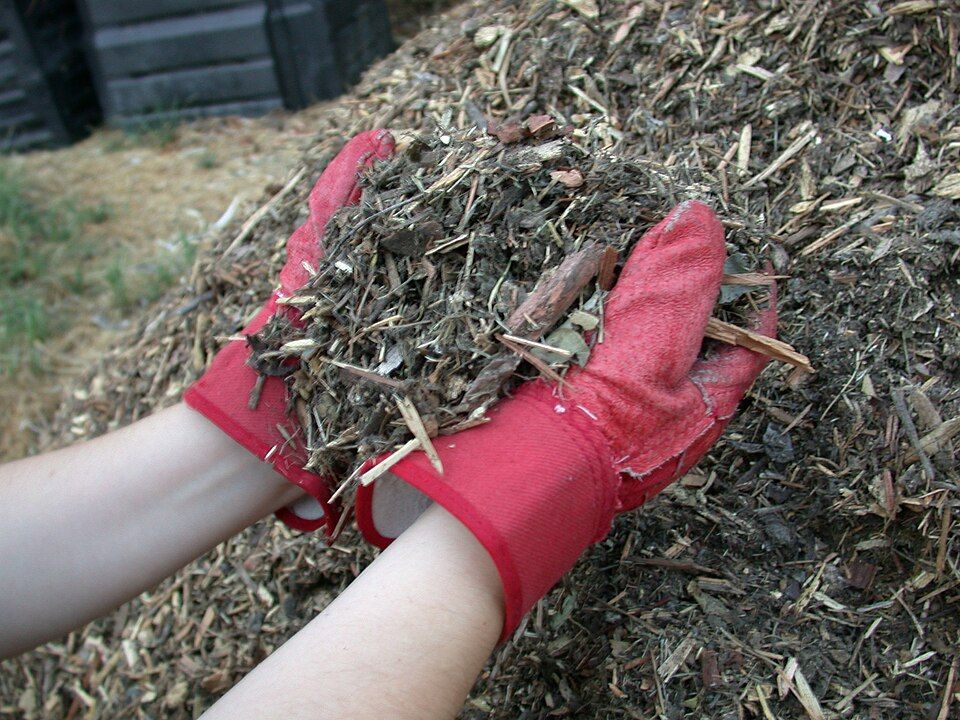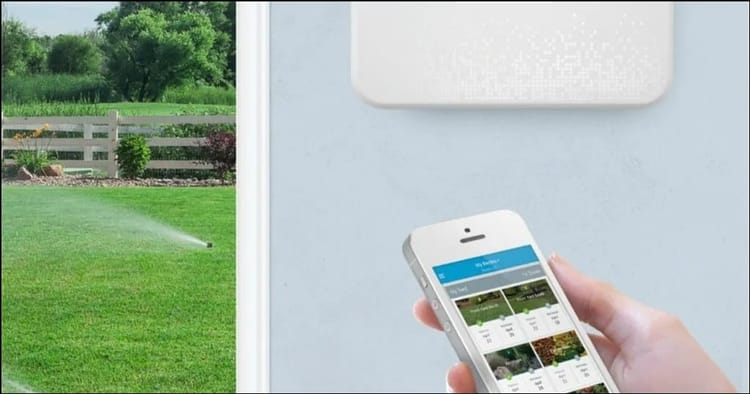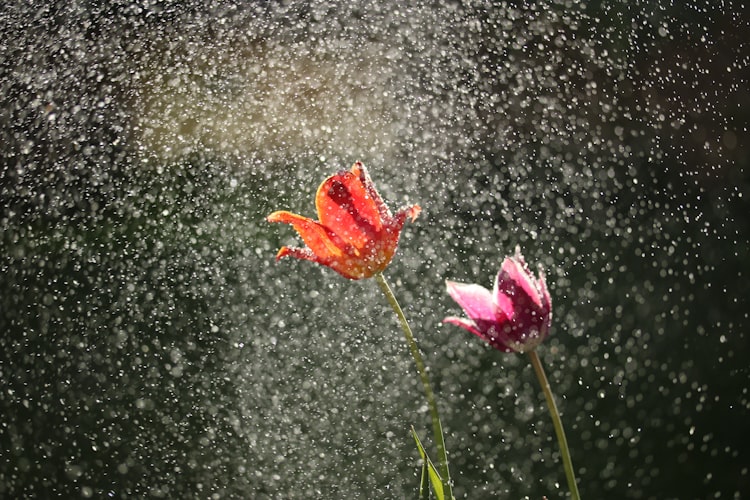Mulch in your Garden

Mulch serves many purposes in your garden. There are a number of different types of mulch and it can be confusing to know which to use, how much, and where to put it. This guide should help you understand these choices and how best to use mulch in your own garden.
What is Mulch?
Mulch is any material that is spread over garden soil. Mulch can help regulate soil temperature and moisture, suppress weeds and provide a finished look to your plant beds. Broadly speaking, there are 2 types of mulch: Organic and Inorganic. Organic mulch is made from wood, bark, grass or other plant material and breaks down to enrich topsoil. As it breaks down over time, organic mulch needs to be replenished periodically. Inorganic mulch does not naturally decompose. Inorganic mulch can include shredded rubber, stone or plastic materials. Every type of mulch has their own pros and cons and some have specific applications that they are best suited for.
Organic Mulches
As a garden designer, I almost always specify organic mulches in my designs. Organic mulches tend to mimic the conditions you find on a forest floor, where layers of dead wood, leaves etc. slowly decompose to enrich the top soil. There are several types of organic mulch, but they should all be applied in the same quantity of between 2-3" (5-8cm) deep to get the most benefit. Here are some of the most common types of organic mulch:
Bark Nuggets

Bark nugget mulch is made from small pieces of bark, typically from pine or fir trees. Bark nugget mulch consist of 2-4" sized nuggets that are much slower to break down than other mulches. Bark is a very light material and this is one of the easiest mulches to apply. The downsides are that bark nugget mulch is not very stable as mulch for walking on, it can float away in torrential rains and does not sit well on slopes. Bark mulch can take a long time to decompose, so they are typically chosen more for aesthetic reasons than as a soil improvement. As the bark nuggets can completely block sunlight from hitting the soil underneath, it is more difficult to grow plants from seed within this mulch.
Shredded Bark

For most of my projects, this is the mulch of choice for plant beds. Shredded bark contains much finer particles than bark nugget mulch, and is much easier to stay in place, however it is more labor-intensive to apply. For Southern California gardens, shredded redwood bark, also known as "Gorilla Hair Mulch" is my first choice for mulching plant beds. Strands of shredded bark mulch bind together well to hold in place, making it suitable for application on slopes. This type of mulch will block existing seed weeds from growing, but you can still spread seed over the mulch for growing desirable plants.
Wood Chips

Wood chips are similar in nature to Bark Nuggets, and are commonly sourced from scrap wood. Wood chip mulch decomposes slowly, similar to Bark nuggets, and are chosen mostly for aesthetic reasons because these can be dyed to create a colorful mulch. Black or Red wood chip mulch is commonly used, and I have seen green chip mulch being used as a lawn alternative in municipal parks.
Wood chip mulch holds together better than bark nuggets and can provide a solid base for a walkway. For areas around raised garden beds, I typically specify a wood chip mulch, and they can be used as a surface for natural pathways. Many playgrounds are now using wood chip mulches instead of rubber. Wood chip and bark nugget mulches are the most common type found in garden centers.
Arborist "chip drops"
Local arborists will often offer "chip drops", where they will deliver a large load of recently cut wood that has been shredded by a wood chipper. This type of mulch is usually similar in form to wood chip mulch, but it may have leaves and some smaller twigs mixed in. This is a great source of mulch due to the low cost, but you won't have any control over the quantity or type of wood that is delivered.
Some people worry that this mulch can transmit pathogens from the cut trees into your yard. Studies indicate that diseased wood cannot transfer pathogens to tree roots when applied as a mulch, so this it not something you should worry about.
Compost

Compost is a beneficial soil additive that can be used as a dressing over top soil. Normally mixed into your topsoil, compost can also be applied to the surface in the same thickness as a wood chip or bark mulch. It decomposes faster than mulch, providing a quicker boost in nutrients. The advantage of using compost as a mulch is that you can make your own compost at home. The disadvantage is that it doesn't suppress weeds or hold moisture as well as mulch. I find that the best approach is to apply a thin layer of compost underneath a shredded mulch.
Municipal Mulch
Many cities are now processing green yard waste and offer the compost and mulch products to residents for free. While this is a good way to limit your carbon footprint, the product may not be as high quality and often contains a lot of inorganic waste. Some cities have better mulch than others, so check with your neighbors or local gardening groups to get their opinion before using this.
Inorganic Mulches
Inorganic mulches do not break down and provide no nutrients to the soil. Generally I suggest avoiding them, however some plants may be happier with this type of mulch. Plants that are native to desert regions will benefit from being planted in an inorganic stone mulch such as decomposed granite or gravel.
Avoid using plastic sheets for mulch in ornamental gardens as these can suffocate the soil underneath and are very difficult to remove over time. Some people will recommend putting plastic landscape fabric underneath mulch to suppress weed growth, but this is not very effective. Over time, the mulch will break down and create topsoil above the fabric that weeds will grow in to. If you are concerned about suppressing weeds, you should try applying a sheet mulch instead.
Rubber mulch was once the favorite type of mulch to use in play areas but this is no longer the case and playground wood mulch is preferred.
If you have any questions about garden mulch products or techniques, please let us know in the comments section.






Comments ()